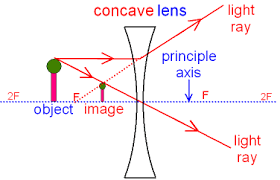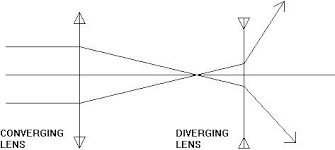- Joined
- Jun 20, 2016
- Messages
- 264
- Reaction score
- 48
! is image
concave mirror=converging mirror --!--)----
 inverted, smaller image, behind mirror
inverted, smaller image, behind mirror
convex mirror=diverging mirror --!--(-----
 upright, smaller image, in front
upright, smaller image, in front
concave lens=diverging lens=image is smaller, upright, behind mirror

convex lens=converging lens=image is smaller, inverted, in front of mirror


Why the f did they switch around the names. this is so confusing, any mnemonics?
concave mirror=converging mirror --!--)----
convex mirror=diverging mirror --!--(-----
concave lens=diverging lens=image is smaller, upright, behind mirror
convex lens=converging lens=image is smaller, inverted, in front of mirror
Why the f did they switch around the names. this is so confusing, any mnemonics?
